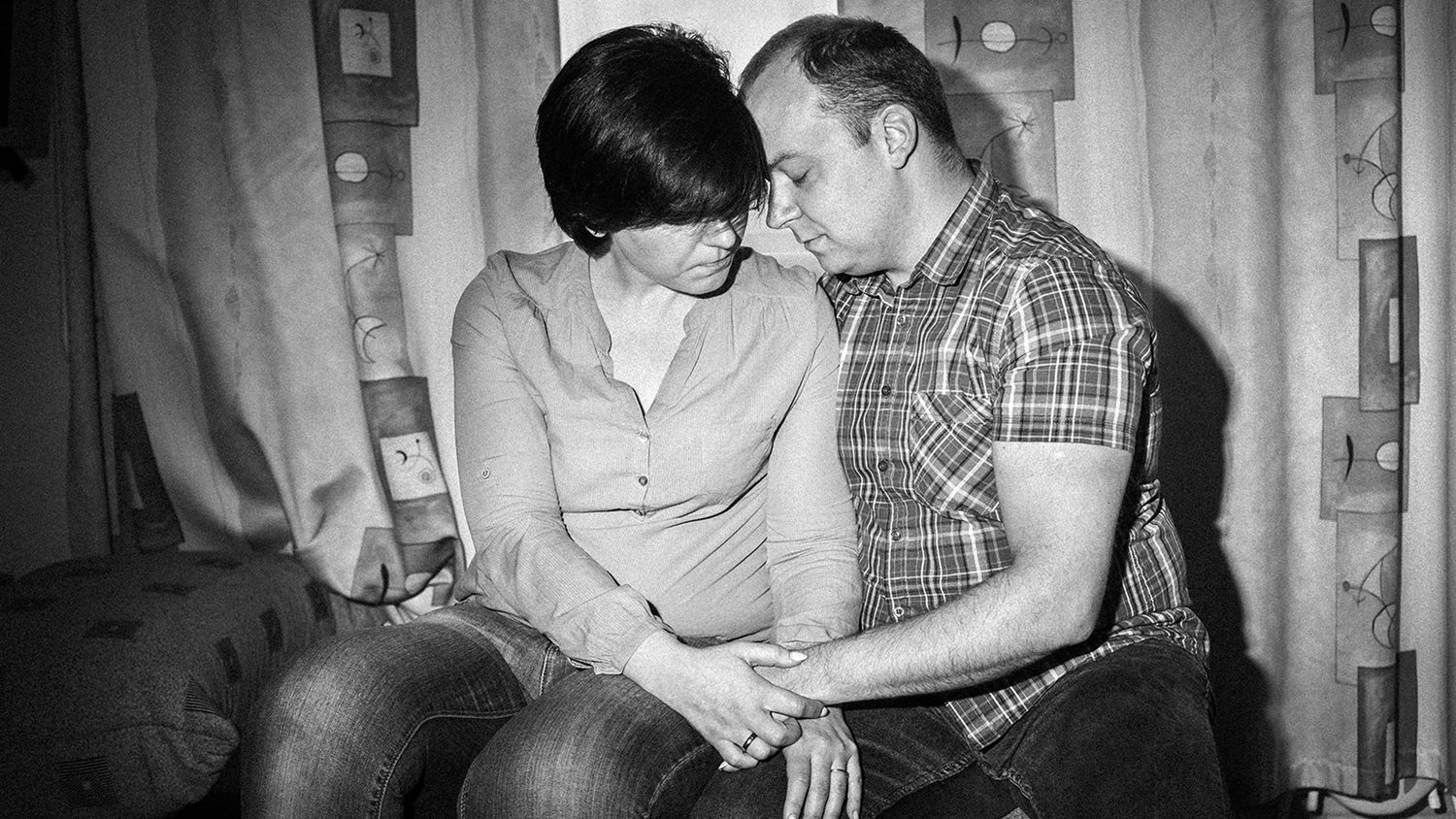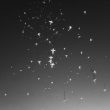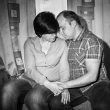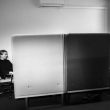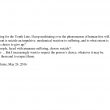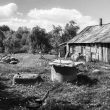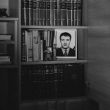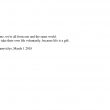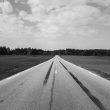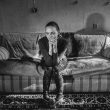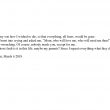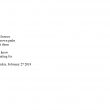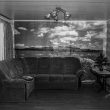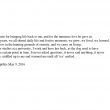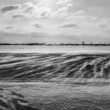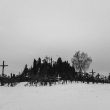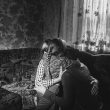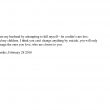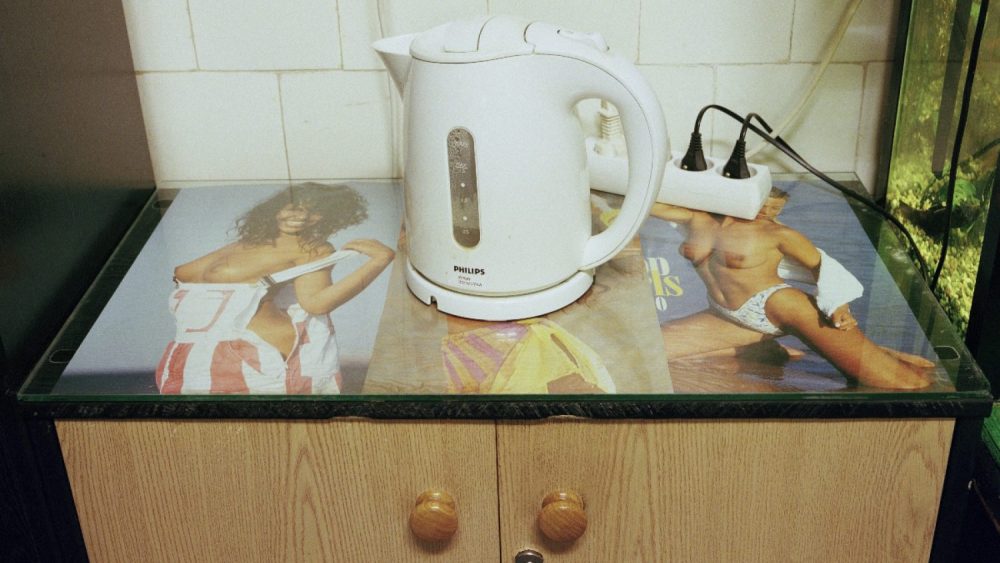How is life?
Death follows life. Always. A fact that unites all and everyone of us. As a young person I expect too die when I’m old, maybe when I’m sick, but definitely not now. So much still lies ahead of me. For the ones who are left behind, suicide always raises the question of life. Why did someone choose death over life?
The suicide rate in Lithuania is nearly three times as high as the average rate in the European Union. It is even among the highest in the world. Looking at the bigger picture, suicides occur more frequently in bigger cities. Whereas in rural areas, less people lose hope in life since social ties are still stronger. In Lithuania, on the contrary, more people commit suicide on the countryside. Especially men between 40 and 50 years of age are at a high risk to commit suicide. Alcoholism, unemployment, no perspective – and many other cases with reasons that are hard to find and even harder to understand.
The reasons for each suicide are different. They are not an expression of personal freedom, but often affected by hopelessness and diseases. Outer, social and environmental factors also play a big role among them. Since World War II and starting with the Soviet occupation the suicide rate for men, at times, grew from ten suicides per 100.000 inhabitants to 90 annually. Experts speak about a collective trauma and loss of identity – influenced among others by the forced collectivization of the farms in rural areas through the Soviets. But the reasons for each suicide are always more complex and personal and can not mainly be related to the countries trauma.
My story “How is Life?” is not just about photography. It is about the people and their stories. I worked together with the protagonists and asked them to write down their personal story. These statements (you find them in the captions) are an essential part of this project.
I photograph life not death because death cannot be seen. Maybe you can’t take pictures of the wind. But you could try to catch the consequences of the wind, bending trees and rolling waves.
Hannes Jung (1986) is a documentary photographer living and working in Berlin. He studied photography in Munich, Hannover and Valencia. His work was exhibited in Denmark, France, Georgia, Germany, Greece, Lithuania and Spain. The research for the project was supported by the Robert-Bosch-foundation.
